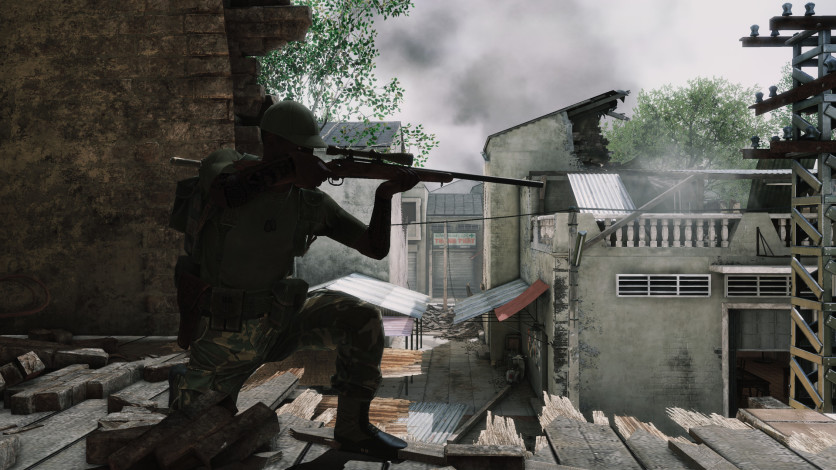

The liner had an internal, adjustable suspension system and its own leather chin strap so it could be worn without the steel shell for duty that did not involve combat or combat training. A second component was the M-1941 helmet liner, a removable inner helmet constructed of resin-impregnated cotton canvas. The helmet has a chin strap "bail" or "bale" - a rectangular wire loop - on each side attached with either a hinge or welded directly to the helmet.

At first, the steel helmet was made by the McCord Radiator Company of Detroit, MI, while the fiber liner was manufactured by the Hawley Products Company.įollowing adoption of the M1 steel helmet, the Ordnance Department retained development and procurement of the outer steel shell and the Quartermaster Department took over development and production of the inner liner and suspension system.Įach M-1 helmet shell was stamped from a single sheet of manganese steel.

It was of two-piece design with an outer Hadfield manganese steel shell and a separate inner liner containing the suspension system. The Army M1 steel helmet was standardized on 30 April 1941 and was approved on 9 June 1941. Production of M1 Steel Helmets at McCord Radiator Co, Detroit, MI, April 1942. The original test item was known as the TS3, and it received a favorable report from the Infantry Board in February 1941. Sydenham, worked on a new design for a two-piece helmet offering far more protection for the wearer than the M1917A1. By removing its brim, by adding side pieces and earpiece, and by incorporating the suspension system into a separate inner liner, the World War II "Army helmet" came into beingīy 1940, US Army research team at Fort Benning, GA under Major Harold G. The M1917 model was considered suitable for protecting the top of the head. By extending further down the sides and back of the wearer's head and neck, the M-1 was a big improvement over the M-1917A1 helmet. A steel helmet is designed to protect the user from flying fragments of exploded ordnance.


 0 kommentar(er)
0 kommentar(er)
